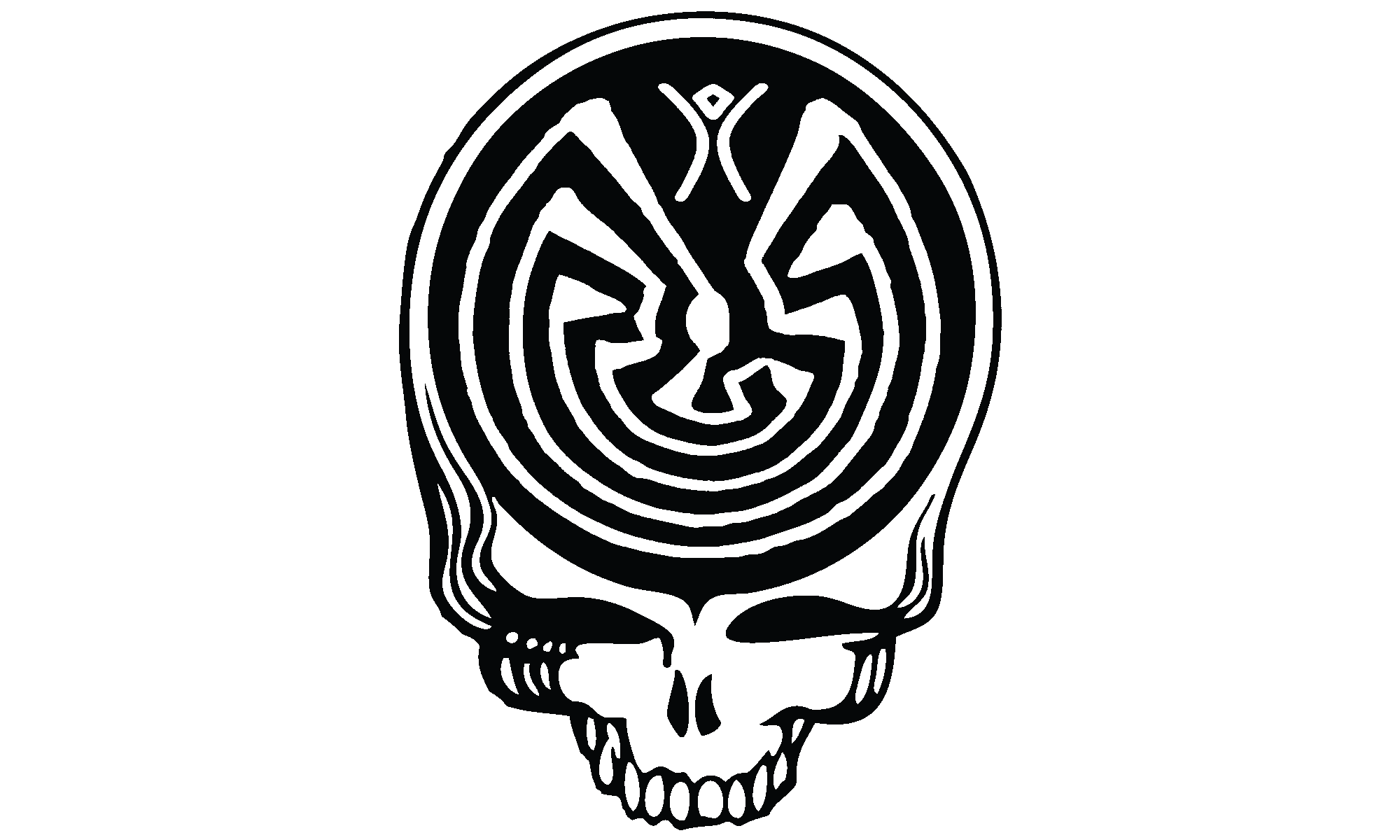Each person’s DNA may be unique, but our method of testing is a keyhole view into a library of data. What you might see through different keyholes may look unique, or may look similar, but it flat out isn’t a complete picture. No wonder the FBI wants to keep their DNA Database closed, as a statistician doing a month or two of dedicated research, with full access to the DB, could probably shoot down every argument ever made in court over the uniqueness of a ‘DNA profile’. Read the whole article referenced below for more details.
Los Angeles Times: How reliable is DNA in identifying suspects?
How reliable is DNA in identifying suspects?
A discovery leads to questions about whether the odds of people sharing genetic profiles are sometimes higher than portrayed. Calling the finding meaningless, the FBI has sought to block such inquiry.
By Jason Felch and Maura Dolan
Los Angeles Times Staff Writers8:27 PM PDT, July 19, 2008
State crime lab analyst Kathryn Troyer was running tests on Arizona’s DNA database when she stumbled across two felons with remarkably similar genetic profiles.
The men matched at nine of the 13 locations on chromosomes, or loci, commonly used to distinguish people.
The FBI estimated the odds of unrelated people sharing those genetic markers to be as remote as 1 in 113 billion. But the mug shots of the two felons suggested that they were not related: One was black, the other white.
In the years after her 2001 discovery, Troyer found dozens of similar matches — each seeming to defy impossible odds.
As word spread, these findings by a little-known lab worker raised questions about the accuracy of the FBI’s DNA statistics and ignited a legal fight over whether the nation’s genetic databases ought to be opened to wider scrutiny.
The FBI laboratory, which administers the national DNA database system, tried to stop distribution of Troyer’s results and began an aggressive behind-the-scenes campaign to block similar searches elsewhere, even those ordered by courts, a Times investigation found.
At stake is the credibility of the compelling odds often cited in DNA cases, which can suggest an all but certain link between a suspect and a crime scene.
When DNA from such clues as blood or skin cells matches a suspect’s genetic profile, it can seal his fate with a jury, even in the absence of other evidence. As questions arise about the reliability of ballistic, bite-mark and even fingerprint analysis, genetic evidence has emerged as the forensic gold standard, often portrayed in courtrooms as unassailable.
But DNA “matches” are not always what they appear to be. Although a person’s genetic makeup is unique, his genetic profile — just a tiny sliver of the full genome — may not be. Siblings often share genetic markers at several locations, and even unrelated people can share some by coincidence.
No one knows precisely how rare DNA profiles are. The odds presented in court are the FBI’s best estimates.
The Arizona search was, in effect, the first test of those estimates in a large state database, and the results were surprising, even to some experts.
Defense attorneys seized on the Arizona discoveries as evidence that genetic profiles match more often than the official statistics imply — and are far from unique, as the FBI has sometimes suggested.
[ad#adsense-horizontal]
